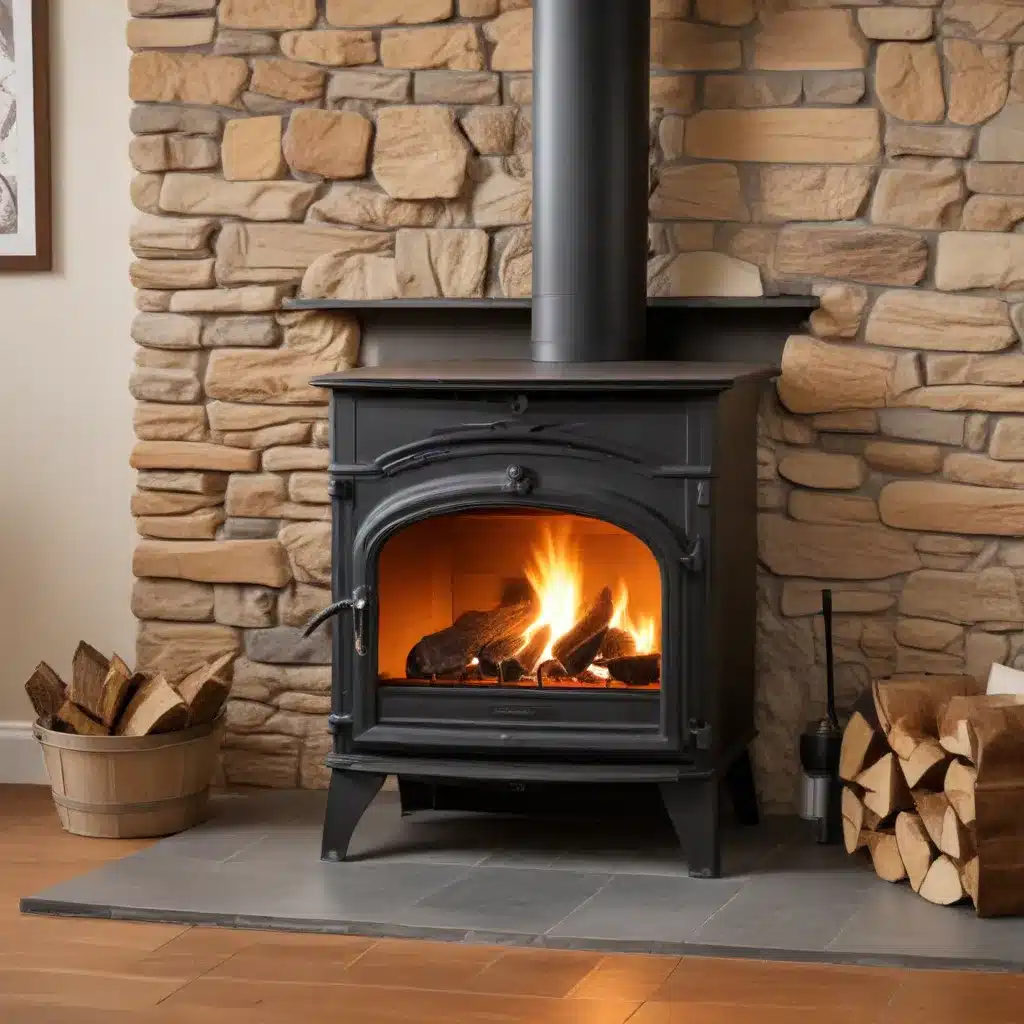
In the ever-evolving world of home heating solutions, wood stoves have long been a popular choice, offering both warmth and ambiance. However, within this realm, a crucial distinction exists between two primary types of wood stoves: catalytic and non-catalytic. As a seasoned expert in the field of wood stoves and heating systems, I’m here to provide a comprehensive overview of the key differences between these two technologies, empowering you to make an informed decision that aligns with your heating needs and preferences.
The Catalytic Advantage
At the heart of a catalytic wood stove lies a unique component known as the catalytic combustor, a device that can be likened to the catalytic converter in a car. This ingenious mechanism plays a vital role in the stove’s operation, significantly enhancing its efficiency and environmental performance.
The catalytic combustor is a honeycomb-like structure coated with a special metal catalyst, typically made of materials like platinum or palladium. As the smoke and gases from the burning wood rise through the stove, they pass over the catalyst, which triggers a secondary combustion process at a much lower temperature, typically around 500-550 degrees Fahrenheit. This contrasts with the 1,100 degrees Fahrenheit required for non-catalytic stoves to achieve complete combustion.
The benefits of this catalytic process are twofold:
-
Increased Efficiency: By burning the smoke and gases at a lower temperature, catalytic stoves are able to extract more heat from the same amount of wood, resulting in higher overall efficiency. In fact, catalytic wood stoves can achieve efficiencies ranging from 63% to 84%, with an average of around 78%.
-
Reduced Emissions: The secondary combustion facilitated by the catalytic converter significantly reduces the amount of particulate matter, creosote, and other pollutants released into the environment. This makes catalytic stoves a more eco-friendly heating solution, aligning with increasingly stringent environmental regulations.
The Non-Catalytic Approach
While catalytic wood stoves represent the cutting edge of technology, non-catalytic stoves still maintain a significant presence in the market, accounting for approximately 80% of all wood stove sales. These traditional designs offer their own unique advantages and considerations.
Non-catalytic stoves rely on a simpler, yet effective, combustion process. They lack the catalytic combustor, instead utilizing a combination of features to achieve efficient and clean burning:
-
Firebox Insulation: Improved insulation within the firebox helps to maintain higher temperatures, promoting more complete combustion of the wood.
-
Baffle Design: A large baffle, or heat-reflecting plate, creates a longer, hotter gas flow path, allowing for more thorough burning of the smoke and gases.
-
Preheated Combustion Air: Many non-catalytic stoves incorporate a mechanism to preheat the air entering the firebox, further enhancing the combustion process.
The absence of a catalytic combustor makes non-catalytic stoves generally less expensive to purchase and maintain. They also tend to have a more visible flame, providing a classic wood-burning ambiance that some homeowners find desirable. On average, non-catalytic stoves achieve an efficiency of around 71%, with a range of 60-80%.
Hybrid Designs: Combining the Best of Both Worlds
In recent years, a new category of wood stoves has emerged, blending the advantages of both catalytic and non-catalytic technologies. These “hybrid” designs incorporate both a catalytic combustor and secondary combustion features, offering homeowners the ability to choose between the two modes of operation based on their needs and preferences.
Hybrid stoves provide users with greater flexibility and control over their heating experience. For instance, when maximizing heat output is the priority, the catalytic mode can be engaged, leveraging the enhanced efficiency and cleaner burning. Conversely, if a more visually captivating fire is desired, the non-catalytic secondary combustion can be selected, allowing for a more prominent flame display.
The integration of both technologies in a single unit also addresses the primary drawback of catalytic stoves – the eventual need to replace the catalytic combustor. Hybrid designs often allow the user to switch between the two modes, extending the overall lifespan of the stove and reducing maintenance requirements.
Considerations When Choosing Between Catalytic and Non-Catalytic
When deciding between a catalytic or non-catalytic wood stove, there are several key factors to consider:
-
Heating Needs: Evaluate the size of the space you need to heat and your desired heating patterns. Catalytic stoves excel at providing consistent, long-duration heat, making them well-suited for primary heating sources. Non-catalytic stoves may be more appropriate for occasional or supplementary heating.
-
Efficiency and Emissions: If maximizing energy efficiency and minimizing environmental impact are your priorities, catalytic stoves generally offer superior performance in these areas. However, modern non-catalytic designs have also made significant strides in reducing emissions and improving efficiency.
-
Maintenance and Lifespan: Catalytic stoves require more maintenance, as the catalytic combustor will need to be inspected and potentially replaced over time. Non-catalytic stoves are simpler to operate and maintain, though their lifespan may be slightly shorter.
-
Aesthetics and Ambiance: The visible flame is typically more prominent in non-catalytic stoves, providing a more traditional wood-burning aesthetic. Catalytic stoves, while highly efficient, may have a less pronounced flame.
-
Budget: Catalytic stoves tend to have a higher upfront cost, while non-catalytic models are generally more affordable. However, the potential fuel savings and longer lifespan of a catalytic stove may offset the initial investment over time.
Conclusion
In the ever-evolving world of wood stoves, both catalytic and non-catalytic designs have their unique merits, catering to the diverse needs and preferences of homeowners. By understanding the key differences between these two technologies, you can make an informed decision that aligns with your heating requirements, environmental concerns, and personal preferences.
Whether you opt for the efficiency and reduced emissions of a catalytic stove, the classic wood-burning ambiance of a non-catalytic model, or the flexible versatility of a hybrid design, one thing is certain: a well-chosen wood stove can provide cozy warmth, energy savings, and a touch of rustic charm to your home for years to come. For more information and personalized guidance, I encourage you to explore the resources available on https://woodstoveheaters.com/.


